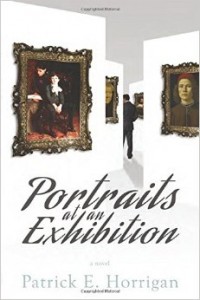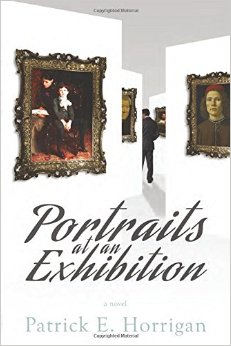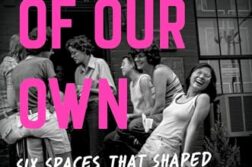 Portraits at an Exhibition: A Novel
Portraits at an Exhibition: A Novel
by Patrick E. Horrigan
Lethe Press. 232 pages, $18.
IN THE RECENT EXHIBITION at the Metropolitan Museum of Art, Sargent: Portraits of Artists and Friends, one of the more captivating works on display was the artist’s 1890 depiction of the boy Homer Saint-Gaudens, in which John Singer Sargent captured the child’s ennui as he sat wide-legged in a chair, his bored gaze directed toward the viewer rather than his mother, who sits to his right behind him. This riveting portrait is also the first painting to appear in Patrick E. Horrigan’s thought-provoking novel Portraits at an Exhibition. The story takes place in 2005 at the Metropolitan Museum of Art in an imaginary exhibition about the mind and portraiture from the Renaissance on. Horrigan uses five portraits of men by Sargent, Botticelli, Dürer, Velázquez, and Hans Memling to symbolize the stages of life from childhood to old age.







